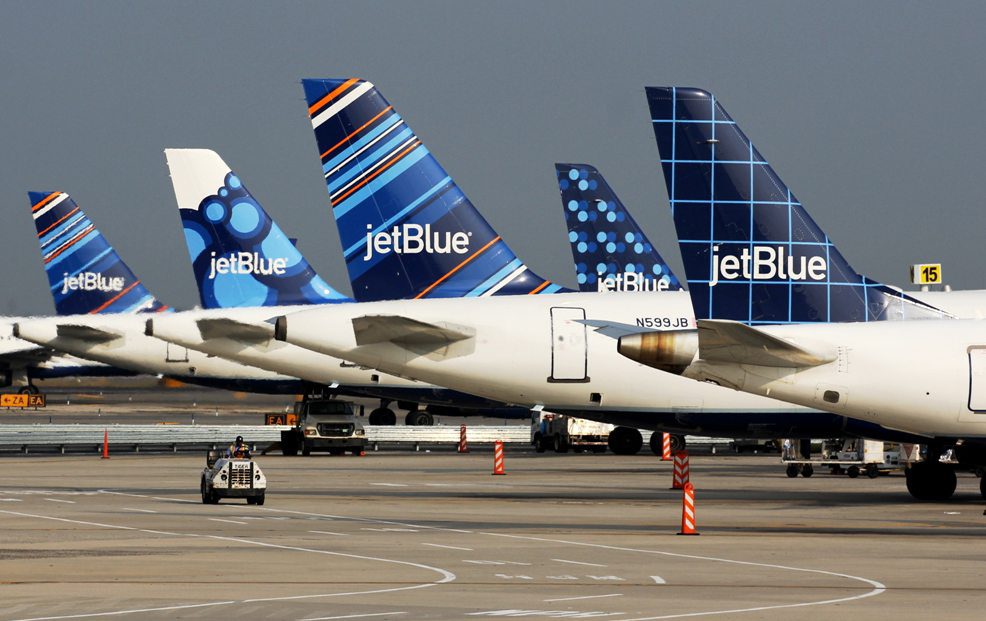JetBlue Sees Rapid Covid Tests as Key to Near-Term Recovery Ahead of Vaccines

Skift Take
JetBlue isn't pinning its hopes on a Covid-19 vaccine. Instead, it says a cheap and accurate rapid-response test could be what makes governments lift onerous quarantines and convinces people to fly again.
The widespread adoption of cheap and accurate rapid-response, Covid-19 antigen tests will be the key to the recovery of the airline and travel industries, JetBlue Airways executives said on Tuesday. Quarantines, on the other hand, are a blunt instrument that have not proven effective and discourage people from traveling, they added pointedly.
JetBlue's home market of New York continues to mandate quarantines for visitors from several states with high Covid-19 infection rates. Over the summer, the carrier did see demand fall off as the New York quarantine — and quarantines in other states where it has a large presence, like Massachusetts and California — stifled demand. But when New York and California dropped mutual restrictions on visitors, demand started to rise, JetBlue President Joanna Geraghty said during the company's third-quarter 2020 earnings call. The company is working with state and national governments to press its case that quarantines are not as effective as testing in controlling passengers' potential to spread the disease.
But the tests themselves must change, Geraghty said. The current standard is a PCR test, administered by a clinician with a swab of the nasal passages. These tests, which JetBlue says are about $150 for passengers, are too expensive to be practical. In order for demand to bounce back more fully, cheap and accurate rapid-response antigen tests need to be developed. These could be
